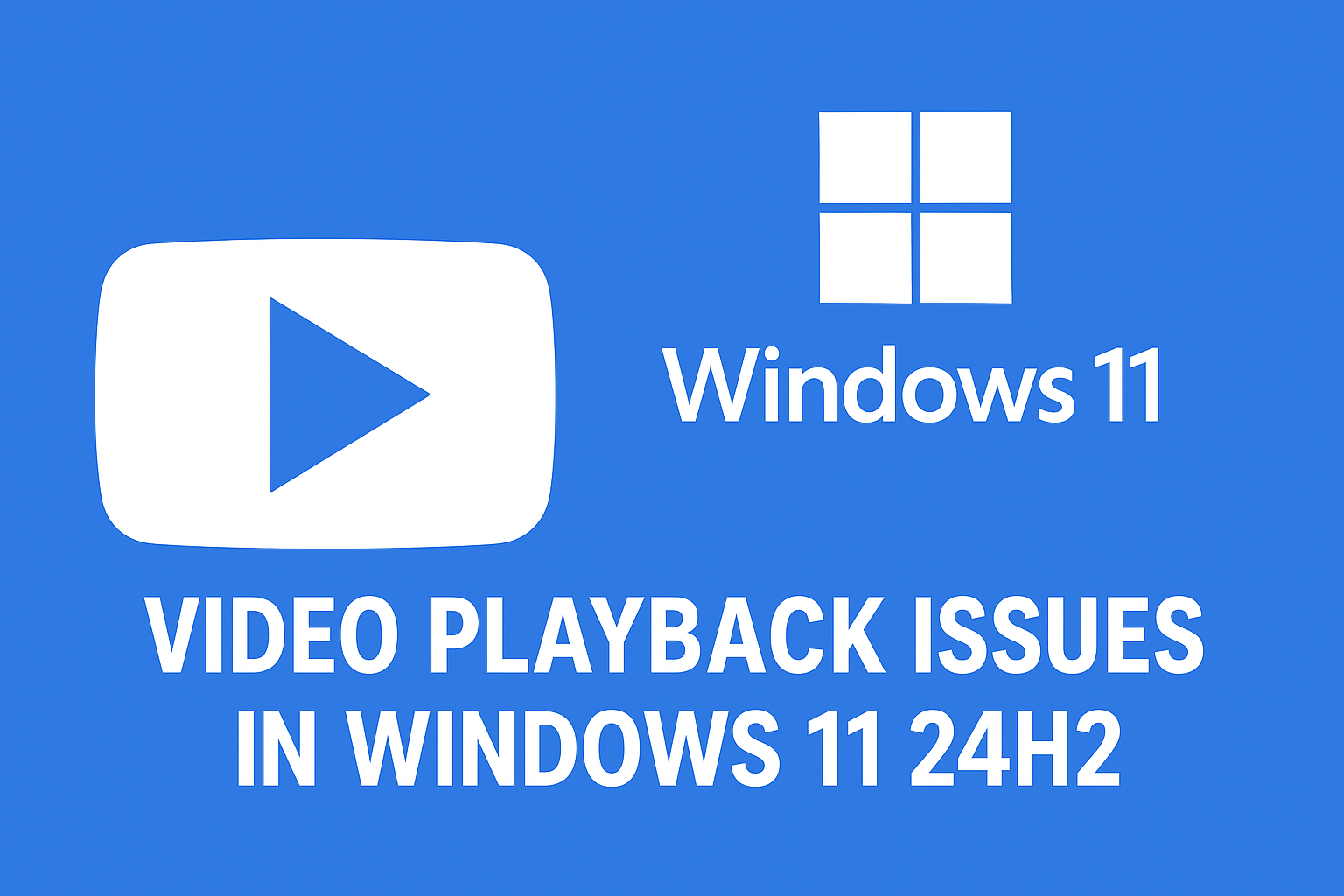
The Benefits of AI Article Writer for SEO
Table of Contents
- Introduction
- Understanding SEO & Content Creation
- What Is an AI Article Writer?
- Core Benefits of Using AI for SEO
- 4.1 Speed & Productivity
- 4.2 Keyword Strategy & Optimization
- 4.3 Content Structure & Readability
- 4.4 Originality & Duplicate Avoidance
- 4.5 User Intent & Relevance
- 4.6 Cost Efficiency
- 4.7 Multi-language & Global Reach
- Scaling Content: From Concept to Publication
- 5.1 Workflow Integration
- 5.2 Bulk Content Generation
- 5.3 Editorial Control & Customization
- 5.4 Integration with SEO Tools & CMS
- Use Cases & Case Studies
- 6.1 Niche Blogging & Authority Sites
- 6.2 E‑Commerce & Product Descriptions
- 6.3 Local SEO & Service Pages
- 6.4 Agencies & Freelancers
- Best Practices: Maximizing AI for SEO
- 7.1 Strategic Topic Research
- 7.2 Keyword Mapping & Latent Semantic Indexing (LSI)
- 7.3 Outlining & Strategic Headings
- 7.4 Iterative Drafting & Review
- 7.5 On‑Page SEO Enhancements
- 7.6 Content Refresh & Updates
- Overcoming Common Concerns
- 8.1 Quality vs. Automation
- 8.2 Uniqueness & Plagiarism
- 8.3 Tone, Voice, and Brand Consistency
- 8.4 Ethical Considerations & Disclosure
- Future Trends in AI‑Driven Content
- 9.1 Personalization & Dynamic Content
- 9.2 Integration with Voice & Visual Search
- 9.3 Multimodal Content: Video, Text & Audio
- 9.4 Regulatory Landscape & Transparency
- Wrap‑Up & Actionable Next Steps
- Appendix: Tools, Templates, and Resources
1. Introduction
In the digital era, businesses, publishers, and marketers face immense pressure to publish high‑quality, SEO‑optimized content at scale. However, in-depth research and actual writing remain time-intensive tasks — a bottleneck for growth and online visibility.
Enter the AI Article Writer plugin: a powerful fusion of machine intelligence and modern SEO practices. By automating drafting, keyword integration, content structuring, and meta‑tag generation, it empowers you to produce polished and optimized articles—fast. This article explores why leveraging AI for SEO isn’t just a luxury—it’s a strategic imperative for any modern content program.
2. Understanding SEO & Content Creation Search Engine Optimization (SEO)
revolves around aligning your content with what search engines (like Google) and users are searching for. Traditionally, SEO best practices include:
- In‑depth keyword research
- Content planning and topic modeling
- On‑page optimization (titles, headings, meta descriptions)
- Internal linking strategy
- Regular content updates
The challenge? High‑quality, keyword‑rich content doesn’t write itself. Most businesses rely on human writers, freelance gigs, or content mills—which introduce delays, quality inconsistency, and high cost. AI Article Writer seeks to solve this challenge by generating SEO-ready drafts that need minimal human editing—reducing friction while preserving control.
3. What Is an AI Article Writer?
An AI Article Writer is a software tool that utilizes NLP (natural language processing), large language models, and SEO best-practice frameworks to produce complete articles from your prompts.
Key Features:
- Keyword & Topic Input: Provide a primary keyword, target audience, tone preferences.
- Outline Generation: Auto-suggests headings, subtopics, and internal link ideas.
- Content Drafting: Generates engaging paragraphs, examples, and explanations.
- SEO Enhancements: Embeds keywords, variations, meta titles, meta descriptions.
- Formats Support: Blog posts, listicles, product pages, FAQs, long-form guides.
- Multilingual Support: Write natively in non-English languages.
- Plagiarism Checkers: Built-in detection for uniqueness.
- CMS Integration: Publish-ready content via WordPress / HubSpot / Wix.
- Customization: Tones, lengths, image/embed recommendations.
This plugin evolves with training data, SEO guidelines, and user feedback—meaning its drafts can be tailored for readability, depth, authority, and relevancy.
4. Core Benefits of Using AI Article Writer for SEO
4.1 Speed & Productivity
- Drafting time: From hours to minutes—save 70–90% per article.
- Batch processing: Generate multiple outlines or drafts in parallel.
- Content velocity: Publish more frequently—align with search engine freshness signals (“content freshness” affects crawls).
4.2 Keyword Strategy & Optimization
- Handles keyword density, keyword variations, and LSI terms with algorithmic precision.
- Automatically records keyword placement in headings, body, meta-tags.
- Suggests related search terms based on SERP intent (e.g., questions, comparisons).
4.3 Content Structure & Readability
- Ensures logical structure: H1, H2, H3 – consistent formatting.
- Controlled readability scores (e.g., Flesch–Kincaid target).
- Suggestions for bullet points, tables, examples to boost scannability.
4.4 Originality & Duplicate Avoidance
- Generates content from generative models rather than rephrasing.
- In-built checks reduce plagiarism risk—maintain site reputation and SEO compliance.
4.5 User Intent & Relevance
- Interprets search intent (informational, transactional, navigational).
- Crafts intro/conclusion that address common questions—improving CTR and dwell.
- Helps reduce bounce rates by presenting value quickly.
4.6 Cost Efficiency
- Compared to freelance rates (~$50–$200 per 1,000 words), AI brings content cost under $5–$10 per 1,000 words.
- Internal teams can reallocate budget previously used for writing, to strategy or promotion.
4.7 Multi-language & Global Reach
- Makes it easy to target multiple geographies.
- Produces linguistically fluent drafts with local vocabulary, idioms, and syntax.
- Supports language-based SEO optimization across global subdomains.
5. Scaling Content: From Concept to Publication
5.1 Workflow Integration
- Set up as CMS plugin or API – trigger drafts based on editorial calendar.
- Collaborates with SEO tools: import keyword lists, content briefs, competitor SERPs.
- Enable editorial review flags for tone, style, branding.
5.2 Bulk Content Generation
- Generate dozens of blog intros or product descriptions at once.
- Conditional logic—e.g., product list, FAQ sections for each SKU.
- Export-ready drafts for quick publishing or batch uploading.
5.3 Editorial Control & Customization
- AI is not a “set-and-forget”: you can enforce brand voice, section templates.
- Add team prompts to enforce style (e.g., “all sections must include case studies”).
- Use variables or tokens to personalize content (e.g., {client_name}, {city}).
5.4 Integration with SEO Tools & CMS
- Pull keyword data from Moz/Ahrefs/SEMrush.
- Automate internal linking suggestions based on existing site architecture.
- Publish drafts directly—no copy/paste.
6. Use Cases & Case Studies
6.1 Niche Blogging & Authority Sites
- Example: health niche blog generating 50 guides in 2 weeks.
- Helps in long-form cornerstone content—foundational pages with depth.
6.2 E‑Commerce & Product Descriptions
- Example: furniture retailer generating descriptions + specs for 500 SKUs overnight.
- AI builds internal-category pages for clustering (e.g., “best dining tables under $500”).
6.3 Local SEO & Service Pages
- Target localized terms (“dentist in Lahore”) with localized examples and CTAs.
- Bulk generate city‑service landing pages with unique intros, embed maps, call-outs.
6.4 Agencies & Freelancers
- Agencies onboarding clients can spin up SEO content packages fast.
- Enables “content as a service”—outsourced writing without hiring.
7. Best Practices: Maximizing AI for SEO
7.1 Strategic Topic Research
- Use keyword research tools first, then push selected terms into AI.
- Cluster keywords by topic for multiple-page content clusters.
7.2 Keyword Mapping & LSI
- Prepare a keyword map: primary, secondary, LSI, question keywords.
- Paste mapping into AI prompt to ensure semantic coverage.
7.3 Outlining & Strategic Headings
- Use AI-written outlines, but refine with editorial insight.
- Ensure content follows logical progression: problem → solution → evidence → CTA.
7.4 Iterative Drafting & Review
- First AI draft, then human edit for voice, tone, and nuanced changes.
- Add quotes, statistics, original visuals for authenticity.
7.5 On‑Page SEO Enhancements
- Ensure meta tags are clickable, keyword‑rich, and unique.
- Ensure alt text, schema markup, FAQs, internal/external links are added.
- Monitor performance and refine under‑performing pages.
7.6 Content Refresh & Updates
- AI can update old articles—add new data, rephrase for seasonal relevance.
- Continuously refresh year-specific references (e.g., “best X in 2025”) to maintain freshness.
8. Overcoming Common Concerns
8.1 Quality vs. Automation
- AI drafts are a first step—not replacements for editorial oversight.
- Combine AI with topic experts for nuance and depth.
8.2 Uniqueness & Plagiarism
- Built‑in duplication checks mitigate copied content.
- Always run a plagiarism scan before publish with tools like Copyscape.
8.3 Tone, Voice, and Brand Consistency
- Save style guidelines as prompts (e.g., “Write like a friendly professor”).
- Perform small edits post-draft to inject brand personality.
8.4 Ethical Considerations & Disclosure
- Disclose AI‑assisted content when required.
- Ensure accuracy by fact‑checking.
- AI models are not infallible; always validate sensitive claims.
9. Future Trends in AI‑Driven Content
9.1 Personalization & Dynamic Content
- AI can write custom content based on user segments or behavior.
- Example: tailoring homepage intro for returning vs. new visitors.
9.2 Integration with Voice & Visual Search
- Schema + AI = voice‑friendly answers (“Hey Google, what’s the best AI article writer?”).
- Visual search vs. image-aware SEO paragraphs.
9.3 Multimodal Content: Video, Text & Audio
- AI tools can generate video scripts, dynamic visuals, synthesized voiceovers.
- Plugin roadmap: export scripts for voice‑assistant channels.
9.4 Regulatory Landscape & Transparency
- Emerging legal frameworks about AI content, disclosure, and misuse.
- Best practice: transparency, privacy, and attribution controls.
10. Wrap‑Up & Actionable Next Steps
The AI Article Writer plugin equips you with the power to produce SEO-optimized content at scale—without sacrificing quality. To get started:
- Define your target topics and keywords.
- Use the plugin to generate outlines, then refine.
- Create AI first drafts, but edit for style and accuracy.
- Apply on-page SEO: meta tags, heading structure, internal links.
- Publish and measure performance; use AI to update underperforming pages.
This approach can increase output by 2–5x, reduce costs, and improve search rankings—without bloating your budget.
11. Appendix: Tools, Templates, and Resources
Keyword Research Tools: Ahrefs, SEMrush, Moz, Ubersuggest
- Plagiarism & Editing Tools: Copyscape, Grammarly, Hemingway
- SEO Extensions: Yoast SEO, Rank Math, All in One SEO
- Content Clustering Template: spreadsheet with primary & secondary keyword clusters
- Prompt Cheat Sheet:
- “Write a 1,500‑word blog post on [topic], using a friendly and authoritative tone.”
- “Include 5 headings, bulleted lists, an intro, conclusion, and FAQ section.”
☑️ Conclusion
By combining AI-driven drafting, SEO best practices, and human oversight, the AI Article Writer offers a sustainable, scalable, and cost‑effective content solution. It empowers creators, marketers, and agencies to produce better, rank higher, and publish faster. Ultimately, it’s not just about producing more content—it’s about creating more meaningful, valuable, and optimized content that resonates with audiences and search engines alike.





















Post Comment